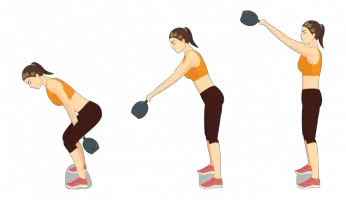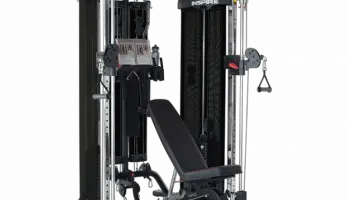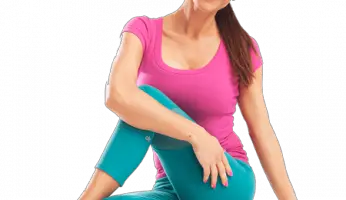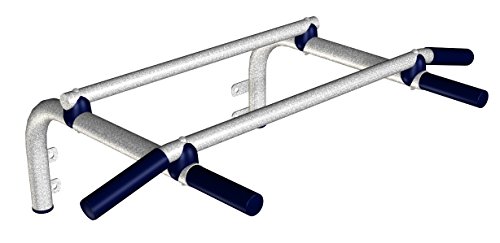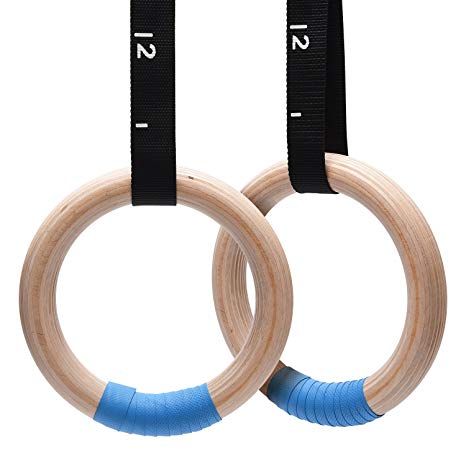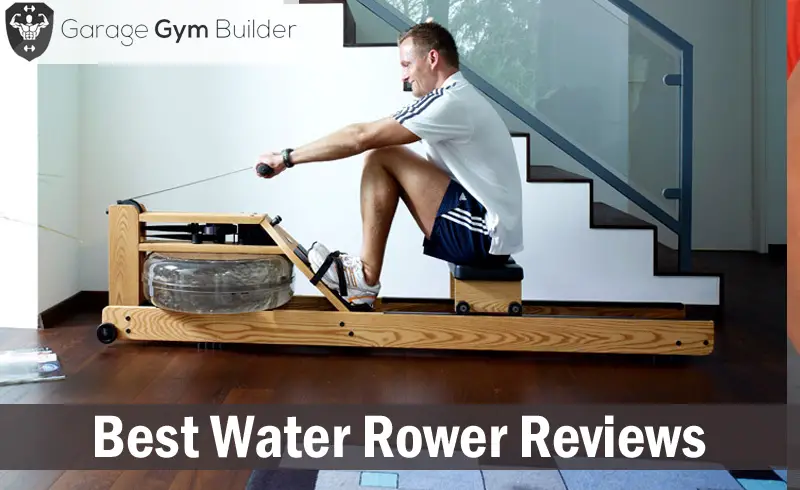Deconstructing the Deadlift: 6 Fix It Strategies
updated January 1, 2019
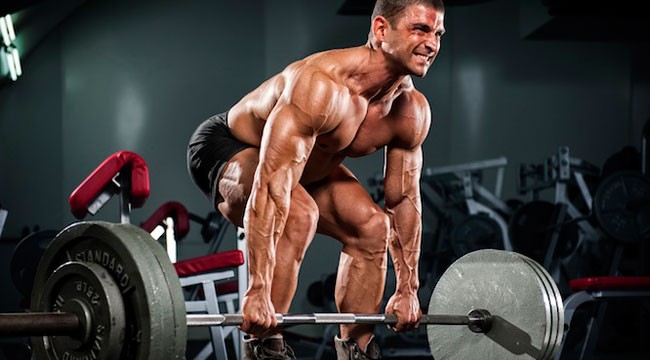
Source: www.muscleandfitness.com
The deadlift is the most uncomplicated of exercises imaginable. You simply grab hold of a bar and lift it off the ground. What could be more basic, right? Yet, walk into any gym and you will see guys butchering their form on this movement. In the process they are transforming this great mass builder into one of the most lethal exercises in the gym.
If you wanna’ get big, you have got to deadlift. It’s the one compound mass builder that separates a powerful physique from a pretty physique. There is nothing else that will develop such thickness in the lats, traps, rhomboids and forearms as this deceptively simple exercise. On the other hand, there is no other single movement that will put you out of action more quickly and more permanently that this move when done wrong.
Different types and variations of the deadlift:
- Sumo Deadlift
- Snatch Grip Deadlift
- Hex or Trap Bar Deadlifts
- Romanian Deadlift
- The Dumbbell Deadlift
- Jefferson Deadlift
Optimum Form
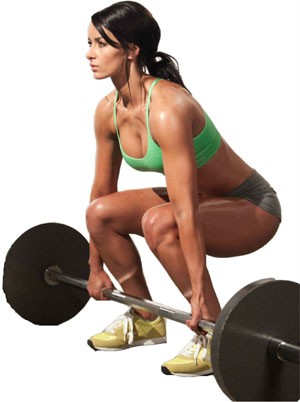
Source: www.pbcbootcamp.com
- Step One: Stance – Step up to the bar and position your feet under it so that the bar cuts your feet in half and is directly over your mid foot. The bar should be about an inch away from your shins. Your feet should be positioned directly under your hips with your toes angled out at about 30 degrees. This foot placement will bring the glutes, groin and external rotators more powerfully into the pull.
- Step Two: Hand Grip – Your hand spacing should be the same as the natural distance between your hands when they hang at your sides. This will give you the shortest spacing possible without your hands rubbing against your legs.Using a supinated grip will allow you to have a stronger hold on the bar. Wrap one hand around the bar with your palm facing forward and the other with your palm facing back. You should experiment to see which combination works best for you and then stick with it.
- Step Three: Start Position – With your spine in a neutral position and your chest thrust up, activate your lats and move your shins toward the bar. In this position, the bar should remain over your mid foot.
- Step Four: The Lift – Push through the heels to drag the bar up your body until your reach lockout position. The bar should travel up in a straight line, not moving out from your body. As the bar passes the level of your knees, activate the glutes by squeezing them forcefully to power the bar up to lockout.
- Step Five: The Descent – Come to a complete stop at the top position before your begin the descent. Then move back through the same trajectory as you lifted the bar. Place the bar completely on the floor before beginning your next rep.
Fix It Strategies
The old saying that practice makes perfect isn’t quite right: perfect practice makes perfect. Anything else is merely going to ingrain bad habits. And that is precisely what has happened to the deadlift form of many people. Here are 6 ways to tighten up your technique.
Fix It Strategy #1: Get the Right Bar
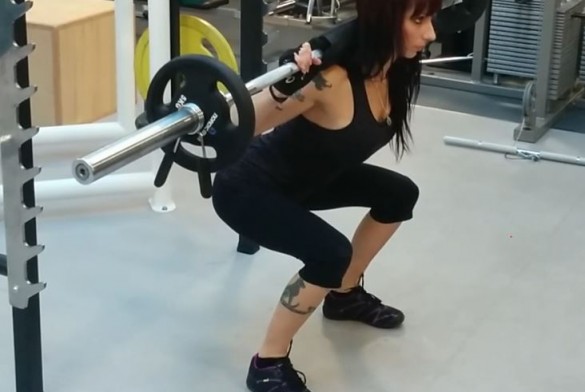
If you think that all Olympic bars are the same, you need get with the game. The key factor for deadlifting is the knurling on the bar where you grip it. If you work with a cheap bar that has smooth knurling your grip will give out long before your strength level does. The sharper the knurling the better.
A quality deadlift bar will also provide some ‘whip’ or bend to allow you to take the slack out of it as you set yourself for the lift.
Find out more about choosing the perfect bar with our Olympic Bar Buyer’s Guide
Fix It Strategy #2: Don’t Let the Bar Move Forward of the Mid-Foot
Allowing the bar to move out from the body during any part of the move will make you weaker on the lift. This often happens when the shoulders are too far forward in the start position (they should be in line with the bar) and when you initiate the lift from the butt as if you were doing a squat.
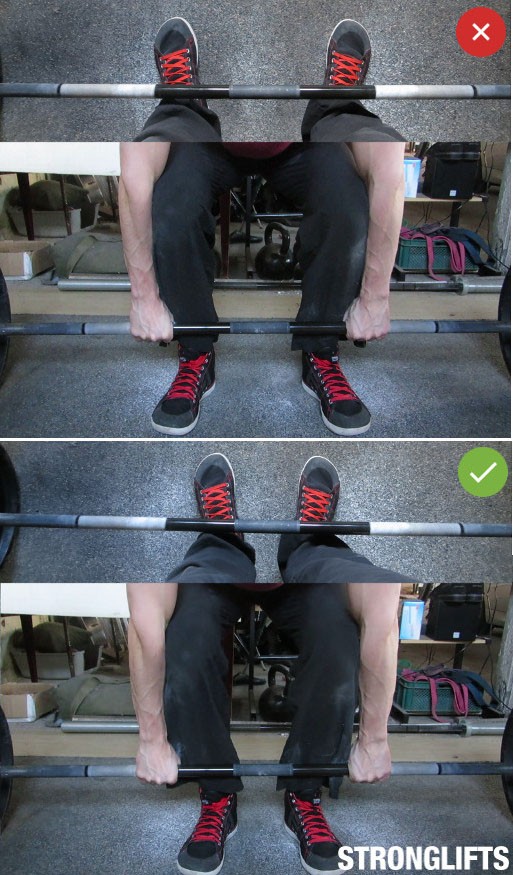
Source: www.stronglifts.com
Slight rounding of the back while pulling up will also cause the bar to move forward of the mid-foot. If you’re doing the movement properly, your arms will hang straight down the whole time. If you’re not, they will move out to the side.
Fix It Strategy #3: Maintain Flat Feet
Weightlifting shoes with raised heels are great when it comes to squatting. They allow you to position your whole body in the ideal alignment for optimal performance. Not so, though, with the deadlift. With this movement, you need your heels to be as flat as possible. If you are going straight from the deadlift to the squat in your Nike Romaleo’s, then you need to rethink things.
Raised heels will cause the bar to move forward from your body as you lift it from the floor.
That’s the opposite of what you want. You are actually better off deadlifting in bare feet than in a shoe with an elevated heel!
Fix It Strategy #4: Keep a Neutral Spine
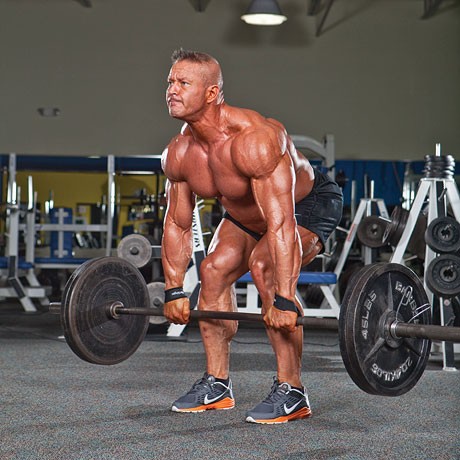
Source: www.musclemag.com
Rounding of the back when pulling up is the most common error made by newbie lifters. It usually happens because the lifter is letting the bar pull him rather than the other way around. This is partly mindset and partly muscle activation. You need to feel the contraction in your lats, while maintaining a neutral spine (slightly arched) and while lifting your chest.
Your abs need to be engaged also. When guys start with the bar incorrectly placed, they will also tend to round their back throughout the lift. Remember, the correct foot position will have the bar over your mid foot.
Fix It Strategy #5: Stop Bouncing
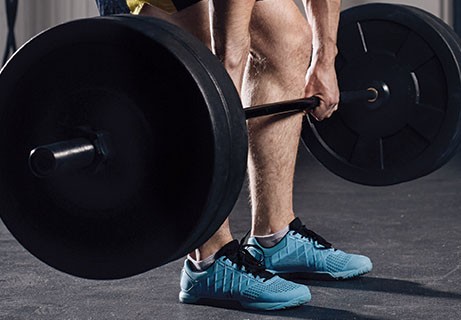
Source: www.theboxmag.com
With the advent of CrossFit and other timed workout programs, it has become increasingly common to see people bouncing the weight down after each rep in order to speed up the transition to the next rep. Of course, this also allows momentum to do much of the heavy lifting for you. You can even use bumper weights which allow this to happen more readily.
When you bounce the weight up and down you are defeating a prime purpose of the exercise; to develop the muscles of the lumbar spine. What’s more, you’ll will be hugely increasing your chances of pulling a muscle. You simply need to get out of this habit by setting the weight down completely between each rep.
Fix It Strategy #6: Don’t Pull with Your Arms
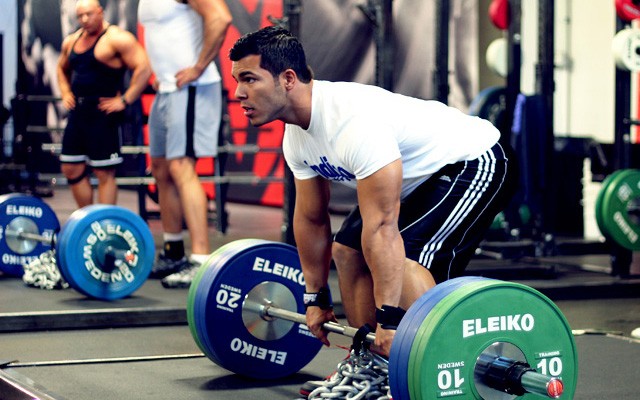
Source: www.t-nation.com
In the deadlift your arms are purely levers to connect your body to the bar. Don’t try to bend at the elbow to use bicep power to bring the weight up. All you’ll end up doing is tearing a muscle!
Keeping the arms locked throughout the lift will allow the target muscles (lats, rhomboids, erector spinae, glutes, hamstrings) to do their job.


